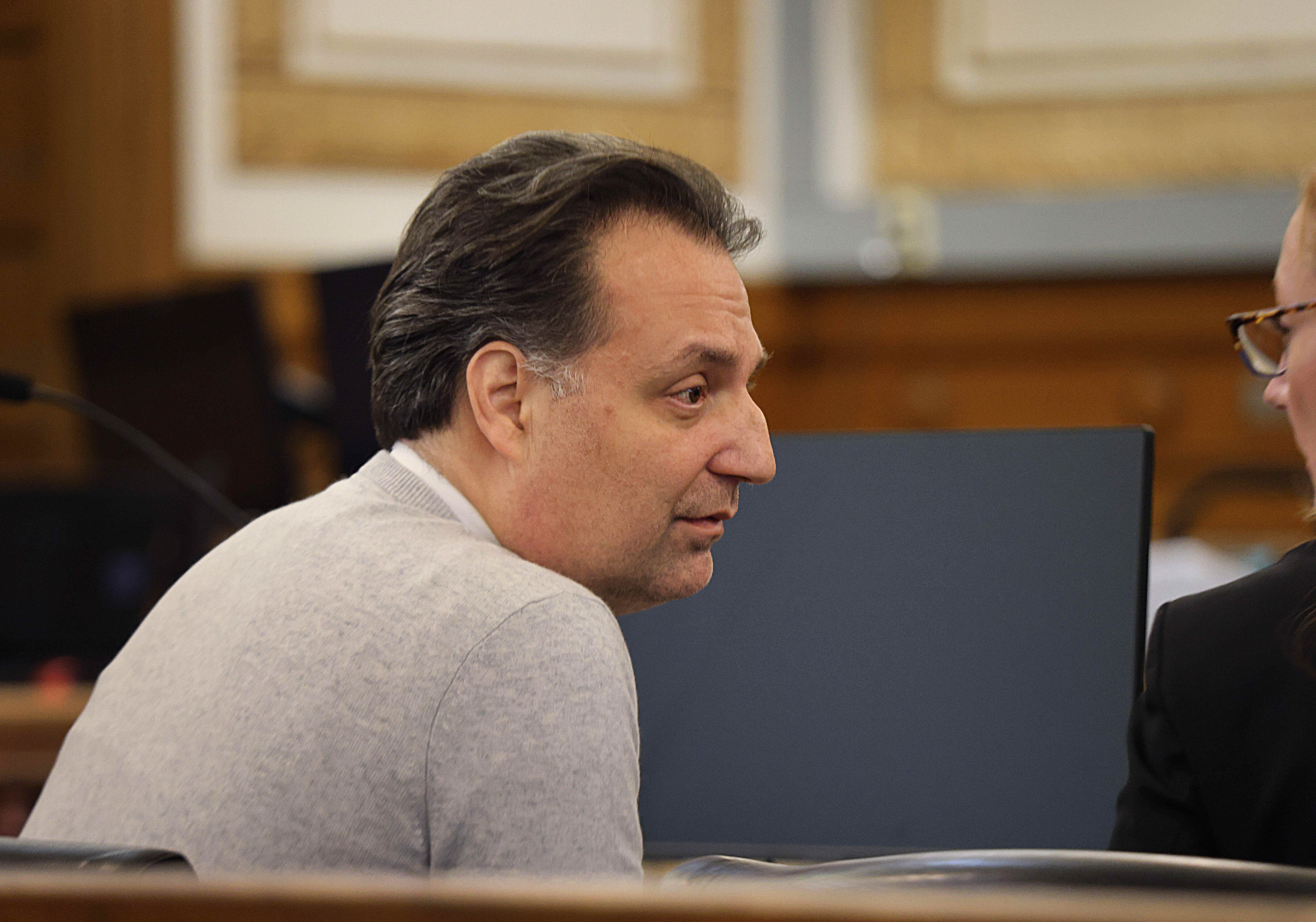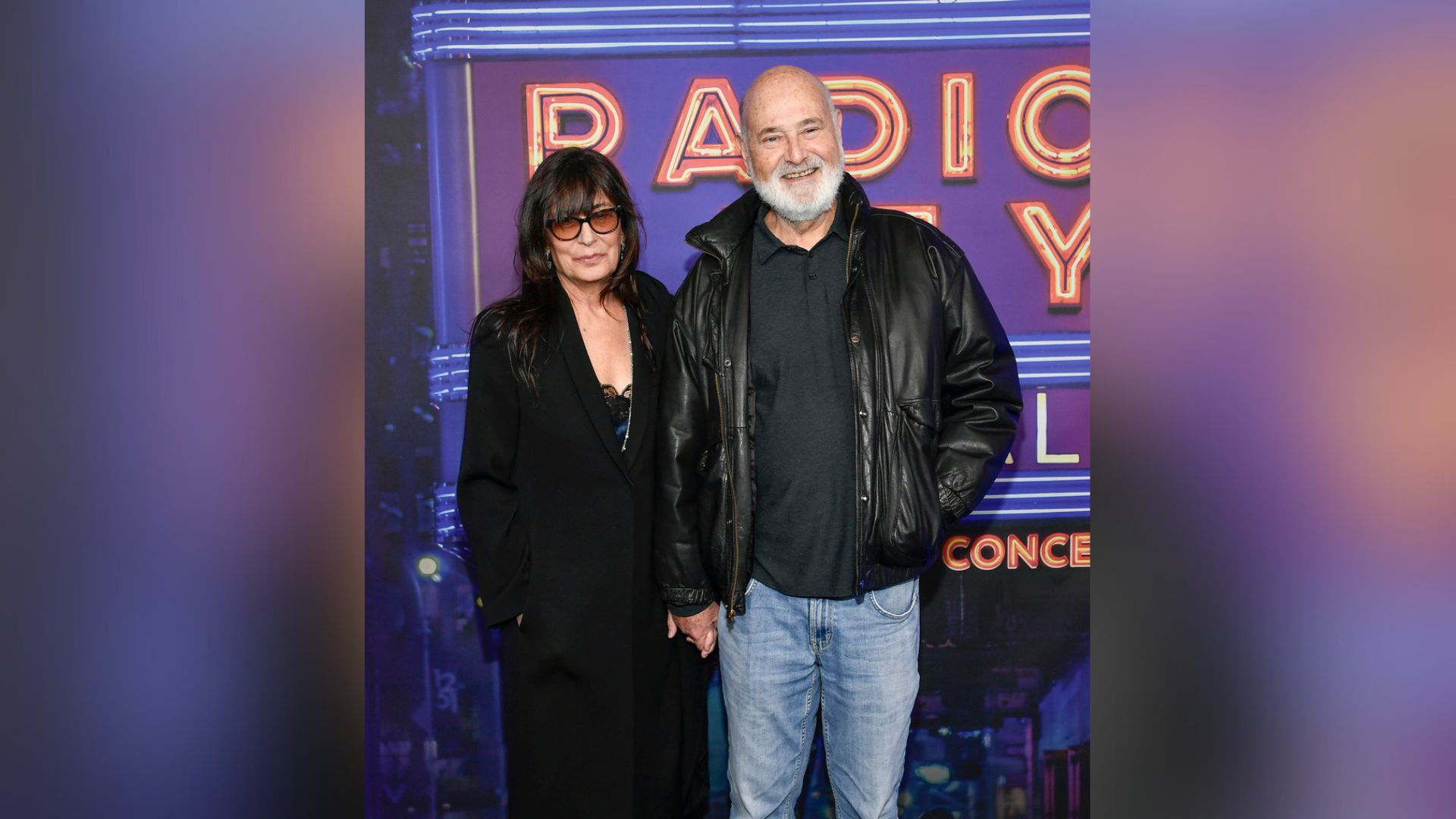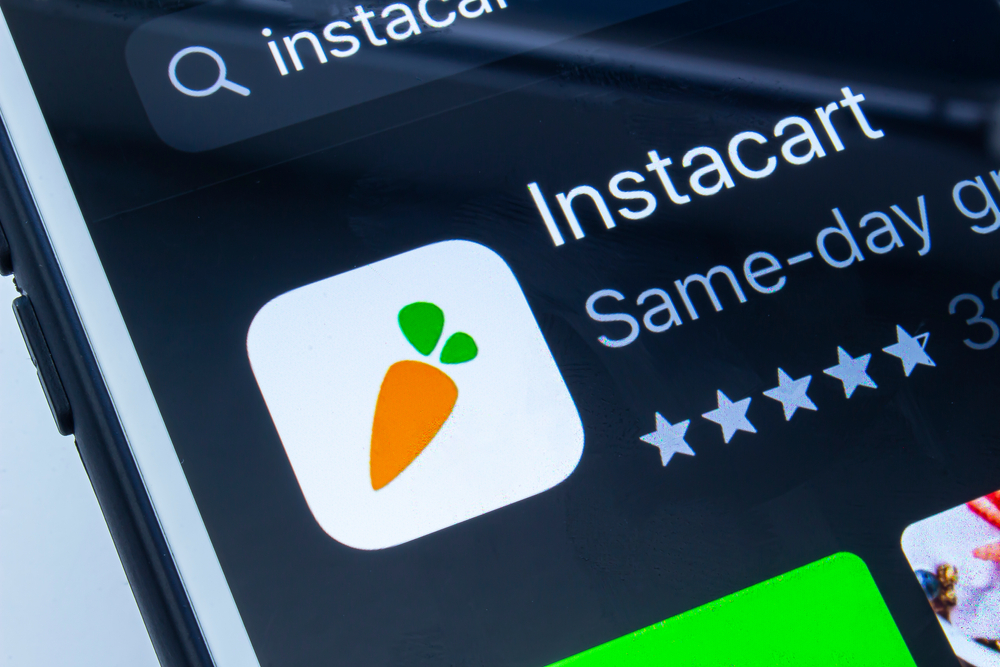The number of Americans dipping into their 401(k) accounts for emergency expenses has been on the rise since the start of the pandemic — and while it's never ideal to tap into retirement savings early, one new rule is making it easier to cash out when those funds are needed.
The Friday after Labor Day is referred to as National 401(k) Day by many financial institutions to encourage workers to think about their retirement savings goals. For many, saving for retirement starts with a 401(k) workplace retirement plan.
"We found that employers are making it a lot easier to save into the 401(k)s," said Cassandra Rupp, a senior wealth advisor with Vanguard. "In our 'How America Saves' report, we saw about 59% of employers are offering automatic enrollment."
Rupp said Vanguard has seen a higher utilization of 401(k) plans, and year after year Americans are putting more savings into their accounts.
At the same time, the "How America Saves" report shows an increase in the number of participants using hardship withdrawals for emergency expenses.
In 2020, 1.7% of participants used a hardship withdrawal. That percentage climbed to 3.6% by the year 2023.
RELATED STORY | What short-term market volatility means for your 401(k)
After running their own business in Michigan, Miechelle Croft said she and her husband found themselves needing to tap into their 401(k) accounts to make ends meet.
"Plans fall through. We planned appropriately," Croft said. "We had everything in place."
According to the Internal Revenue Service, a retirement plan may allow participants to receive a hardship distribution "due to an immediate and heavy financial need."
Typically, early withdrawals before retirement age come with a hefty 10% penalty unless you can make the case for a hardship withdrawal.
Greater flexibility with hardship distributions
This year, under rules established by the SECURE 2.0 Act, participants can now cash out as much as $1,000 per year from a traditional 401(k) or IRA for urgent expenses without consequence.
The idea is that you would repay the $1,000 distribution over three years. Within those three years, no other emergency distributions can be taken out of the account unless the amount is repaid.
NerdWallet personal finance writer Elizabeth Ayoola said just because you can tap into a 401(k), doesn't mean you should.
"When you're withdrawing $1,000 here, $500, or $10,000 there, and you're not putting that money back," Ayoola said, "you're permanently reducing your lifetime savings in terms of how much your 401(k) could grow."
Ayoola said another option to consider is a 401(k) loan, because you pay the money back.
"You also pay interest on the money that you take out," Ayoola said. "But guess what? The interest also goes back into your account as well. So, in that way, even though you're borrowing money from yourself, you're also paying yourself back with interest."
Rupp said it's a win to have more options and flexibility if you truly need it, so long as you're not putting your retirement at risk.
"I just want you to vet those options first," Rupp said. "Is that the best vehicle to dip into? Do you have other savings on the side that would cause less long-term consequences?"
Both experts agree a 401(k) is a great first step to saving for retirement — especially if your employer offers to match what you contribute.
"Essentially that's free money, which is really hard to find these days," Ayoola said.
RELATED STORY | Age in America: Ways of addressing the retirement crisis











